Cargando...
Recursos educativos
-
Nivel educativo
-
Competencias
-
Tipología
-
Idioma
-
Tipo de medio
-
Tipo de actividad
-
Destinatarios
-
Tipo de audiencia
-
Creador
-

Blood circulation (II)
EduBook Organización
- 3548 visitas
The heart The heart is the organ that pumps blood to all the cells in our body. It is about the size of a closed fist. Its walls are made of muscle tissue. The heart contains four chambers: The two top…
-
-
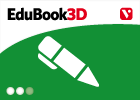
Answer. Unicellular and multicellular organisms
EduBook Organización
- 3388 visitas
Remember what you have studied in this section and answer the questions: What are organisms made up of a single cell called? How do they reproduce? What do we call living things that are made up of many…
-
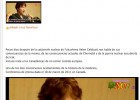
Video: Nuclear radiations in 3Mile Island, Chernobyl and Fukushima
Educatube Organización
- 7562 visitas
In this 11 minute video (with Spanish subtitles) Helen Caldicott (Nobel Prize) explains the consequences of recent nuclear catastrophes on the human body. We can listen to specific scientific vocabulary…
-
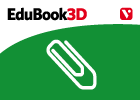
How we breathe in places with no air
EduBook Organización
- 3374 visitas
We need air to breathe Humans and other animals that live on land need air to live. When we breathe, we take oxygen from the air. With this oxygen and with the food we eat, our body has the energy it…
-
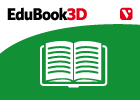
-
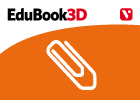
Adrenaline prepares for action
EduBook Organización
- 3334 visitas
In situations of danger or fear, the adrenal glands produce a hormone called adrenaline. This prepares the body for action, like running or hiding. This is called the fight or flight response.…
-
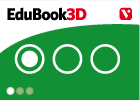
Final self-evaluation T15 02 - Art in the 20th century
EduBook Organización
- 3315 visitas
Choose the correct answer: What was Bauhaus? What is the name of the school of art from the early 20th century who did not belong to any specific movement? What is Neo-Pop? What is the name of the type…
-
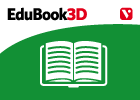
-
True / False. The cerebrum
EduBook Organización
- 3210 visitas
Are these sentences true or false? The cerebrum is the most important nervous centre in our body. It contains nearly one million neurons. The outer surface, which is 1.5 to 4 millimetres thick, is…
Te estamos redirigiendo a la ficha del libro...













